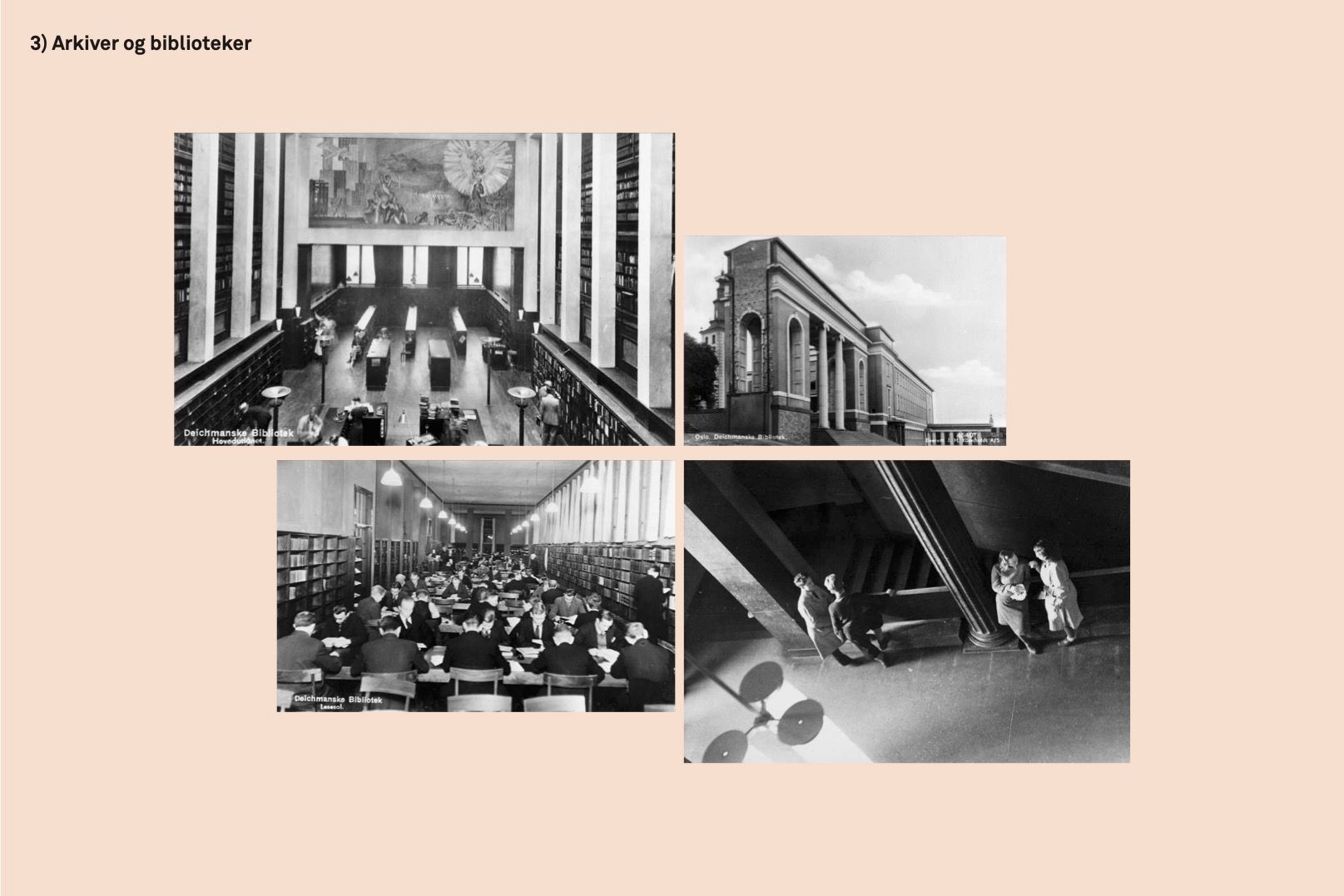



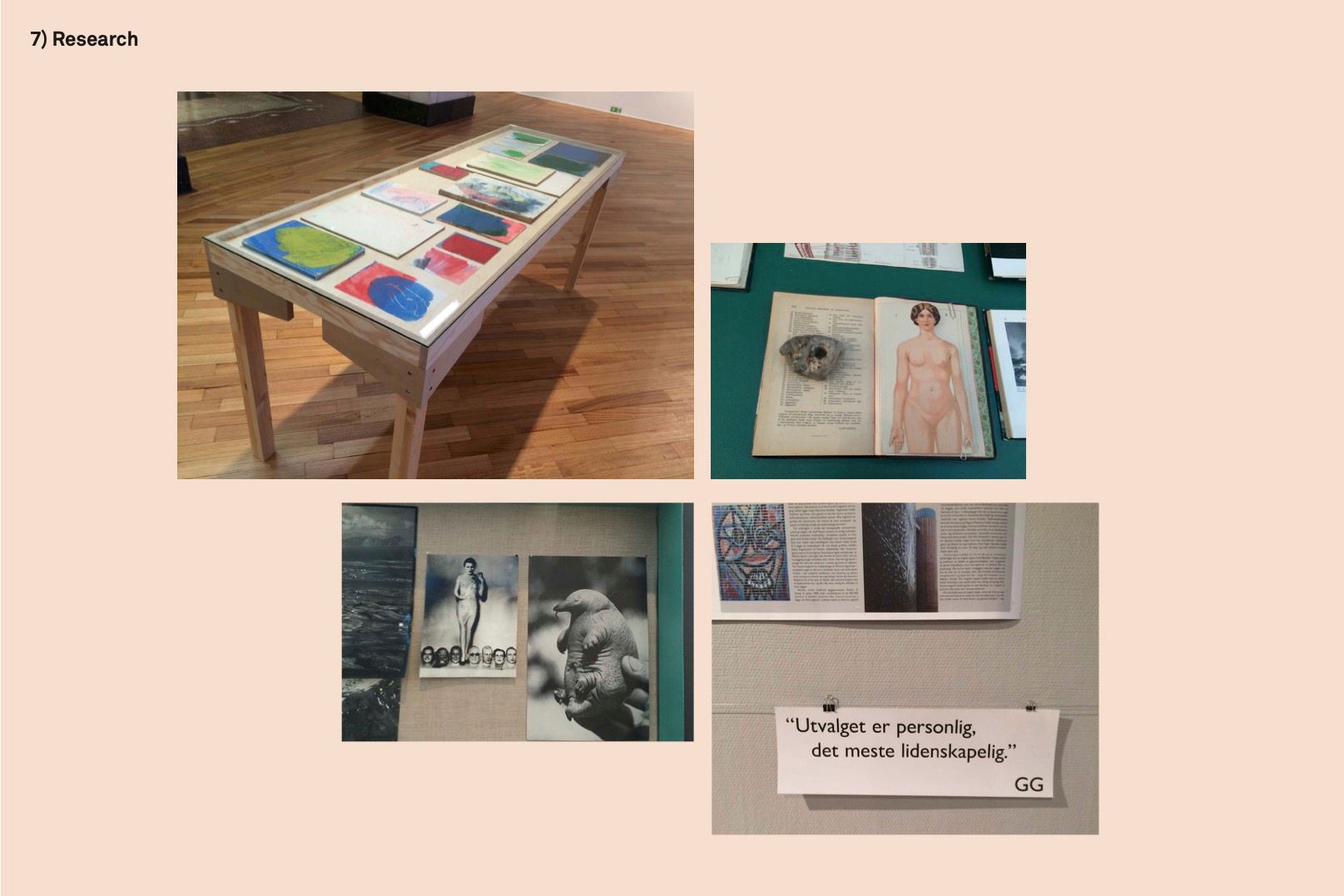

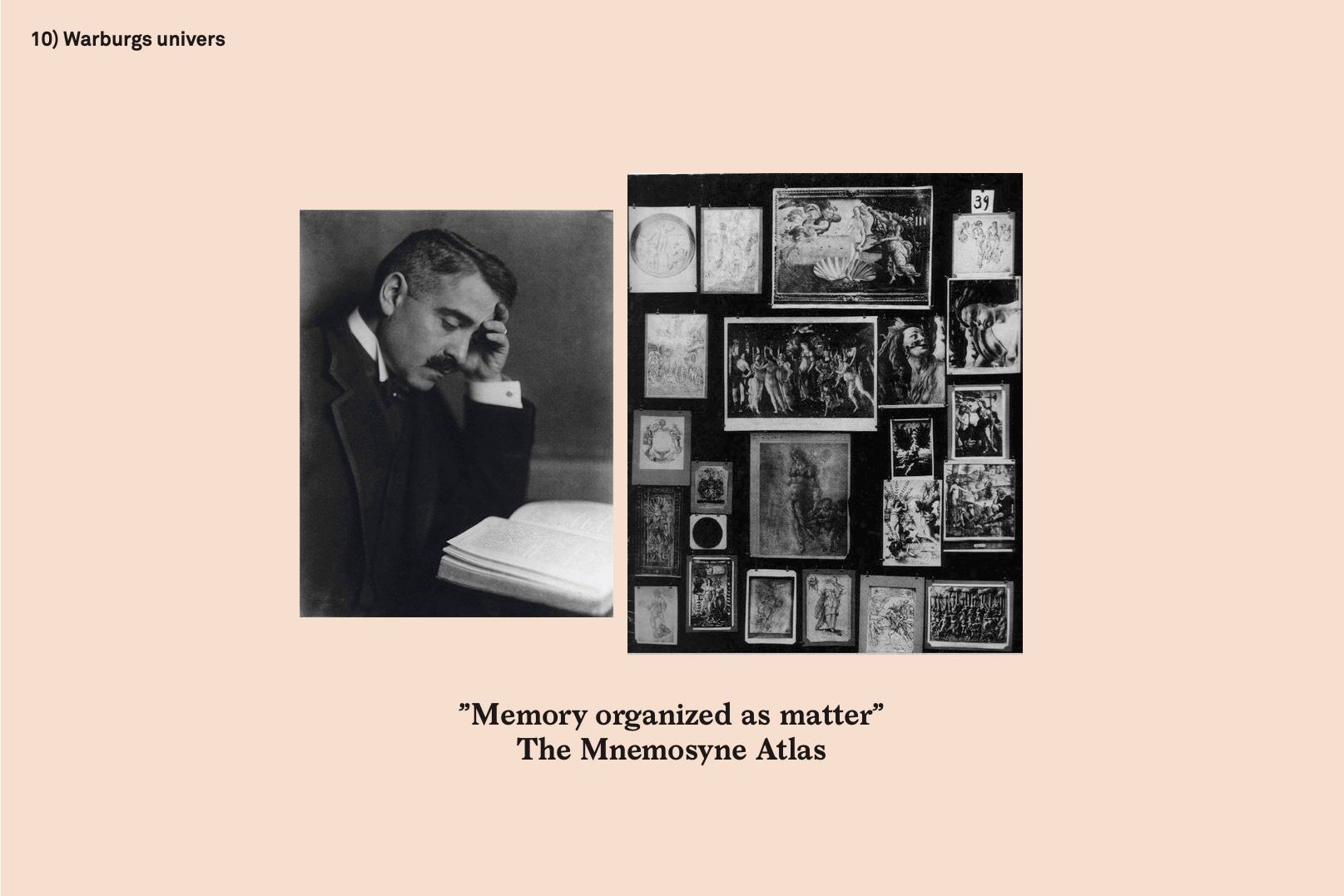
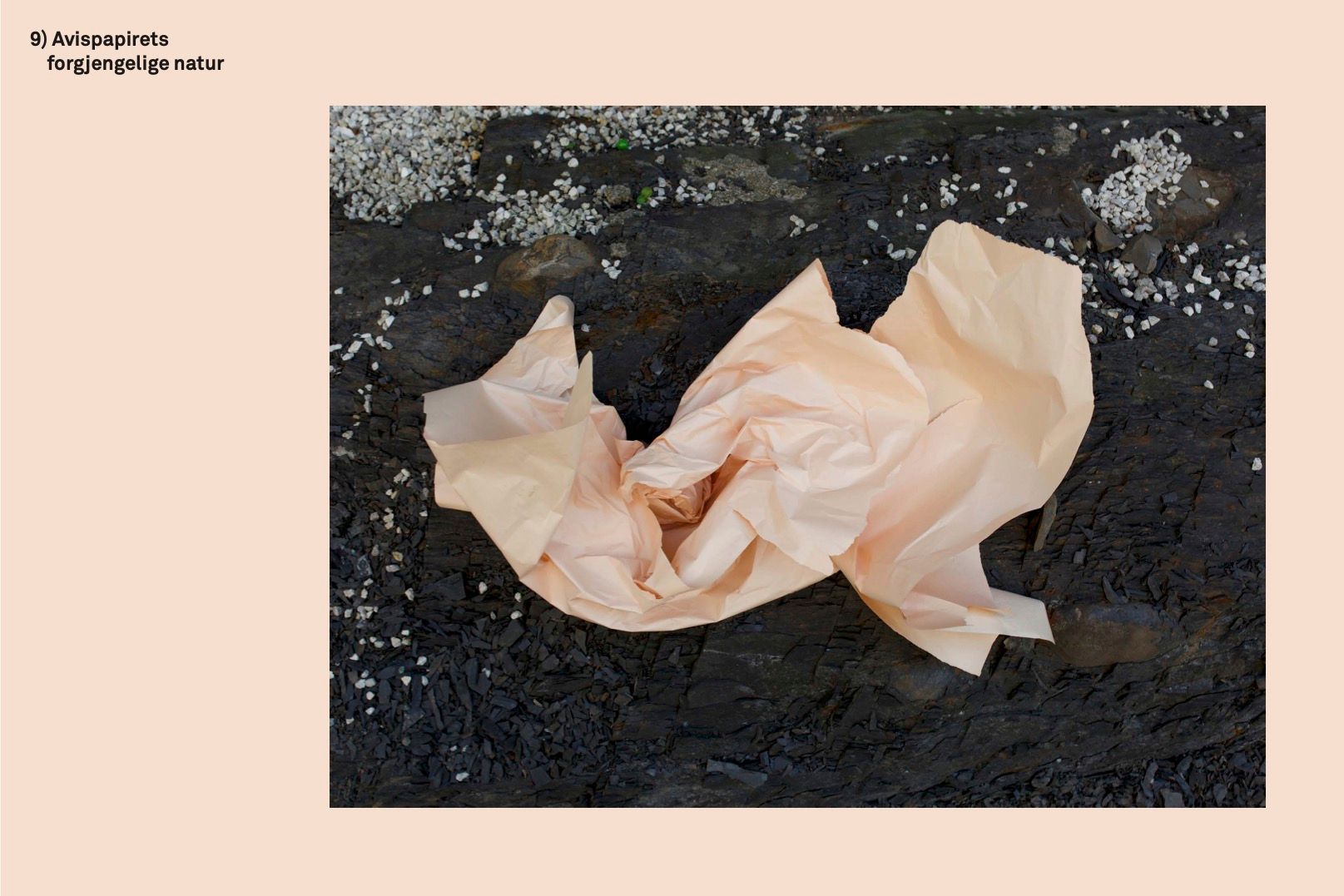

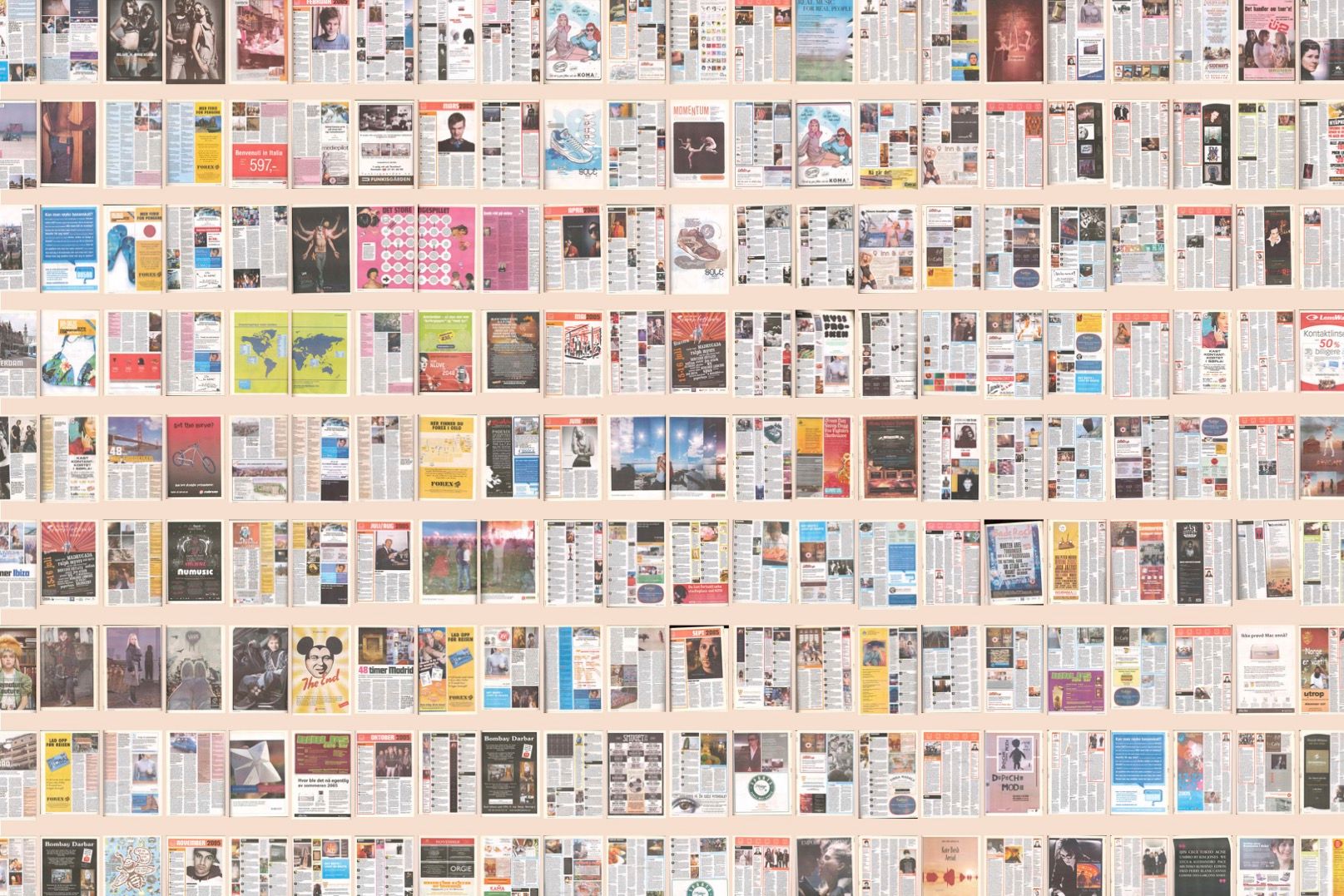
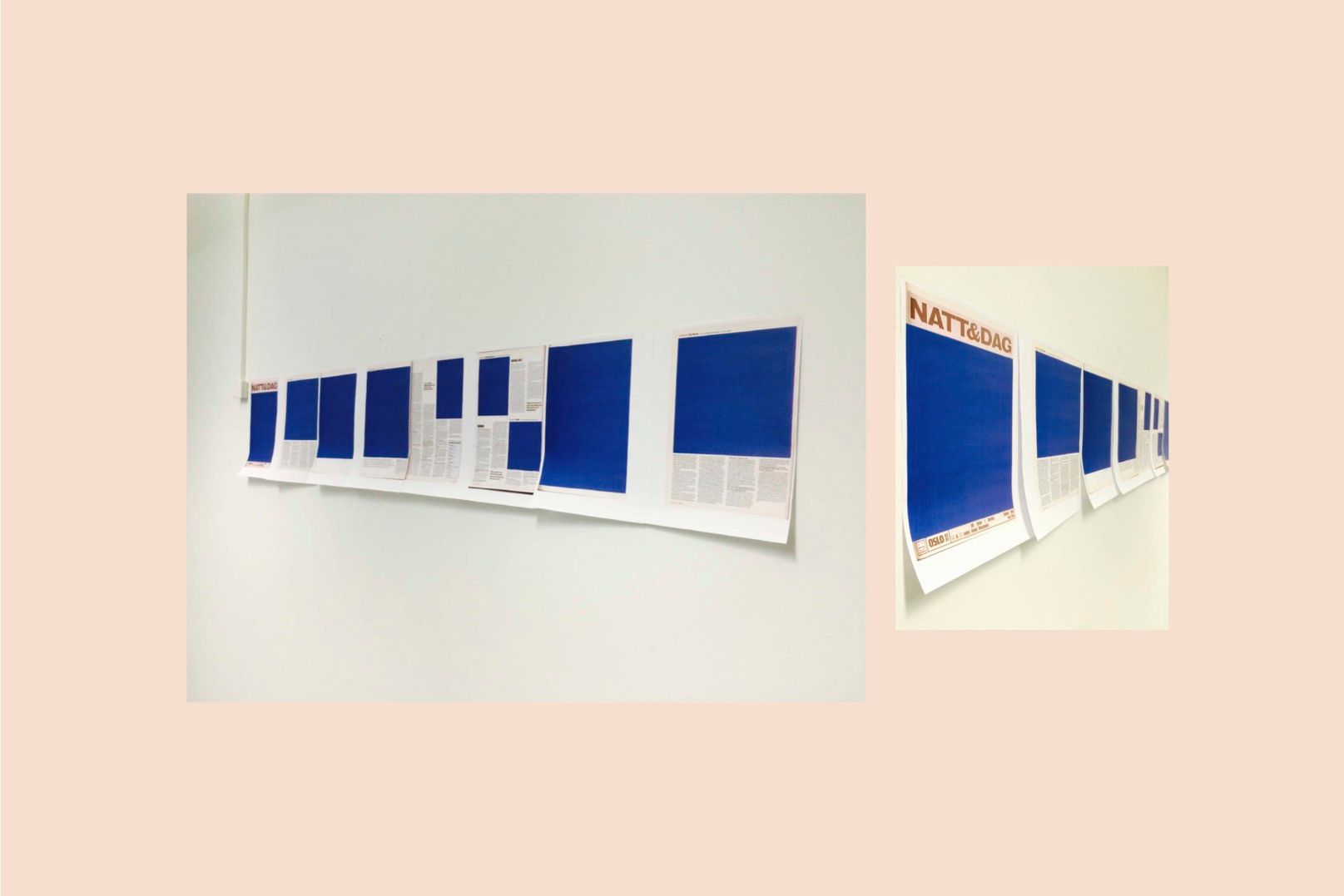
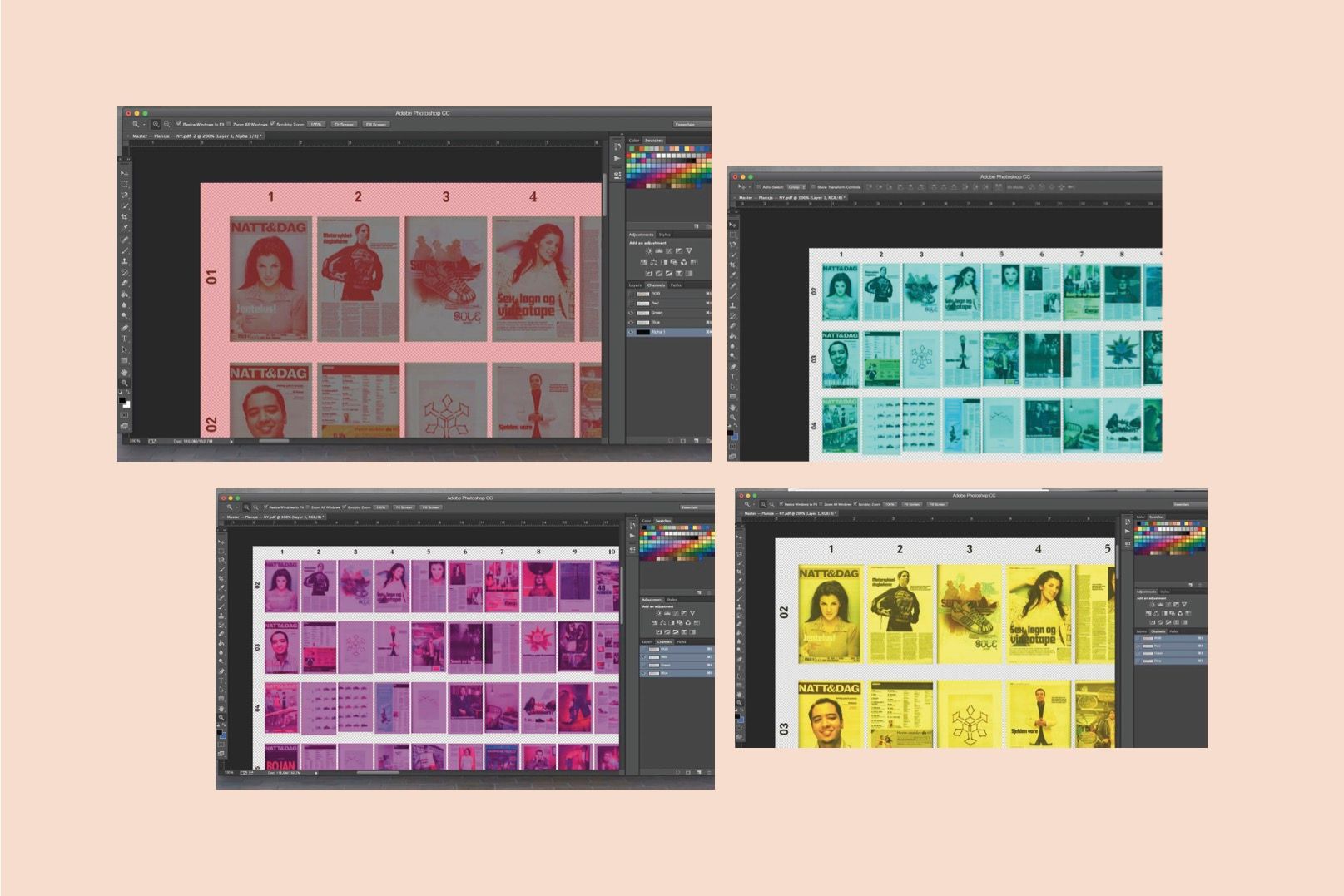

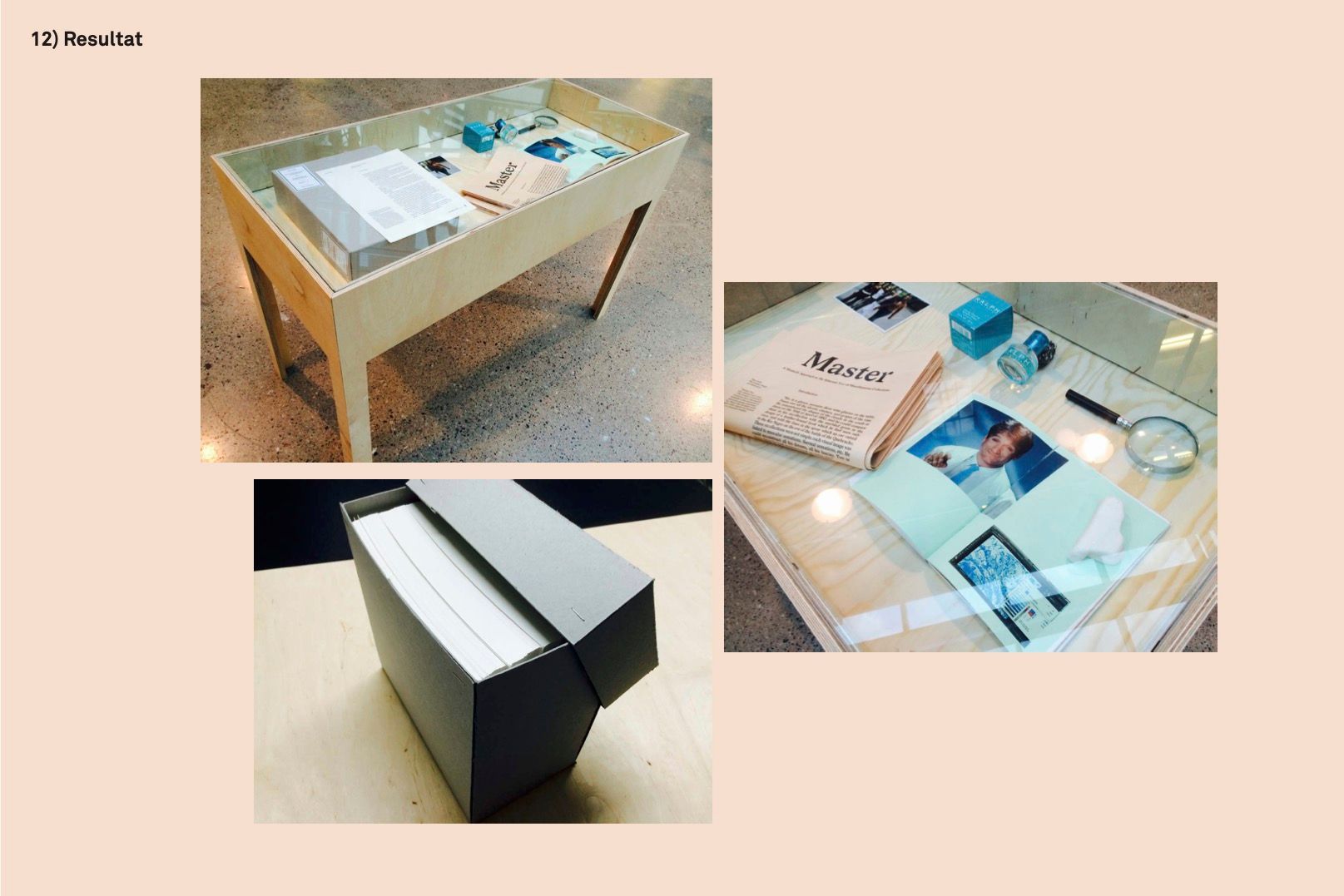
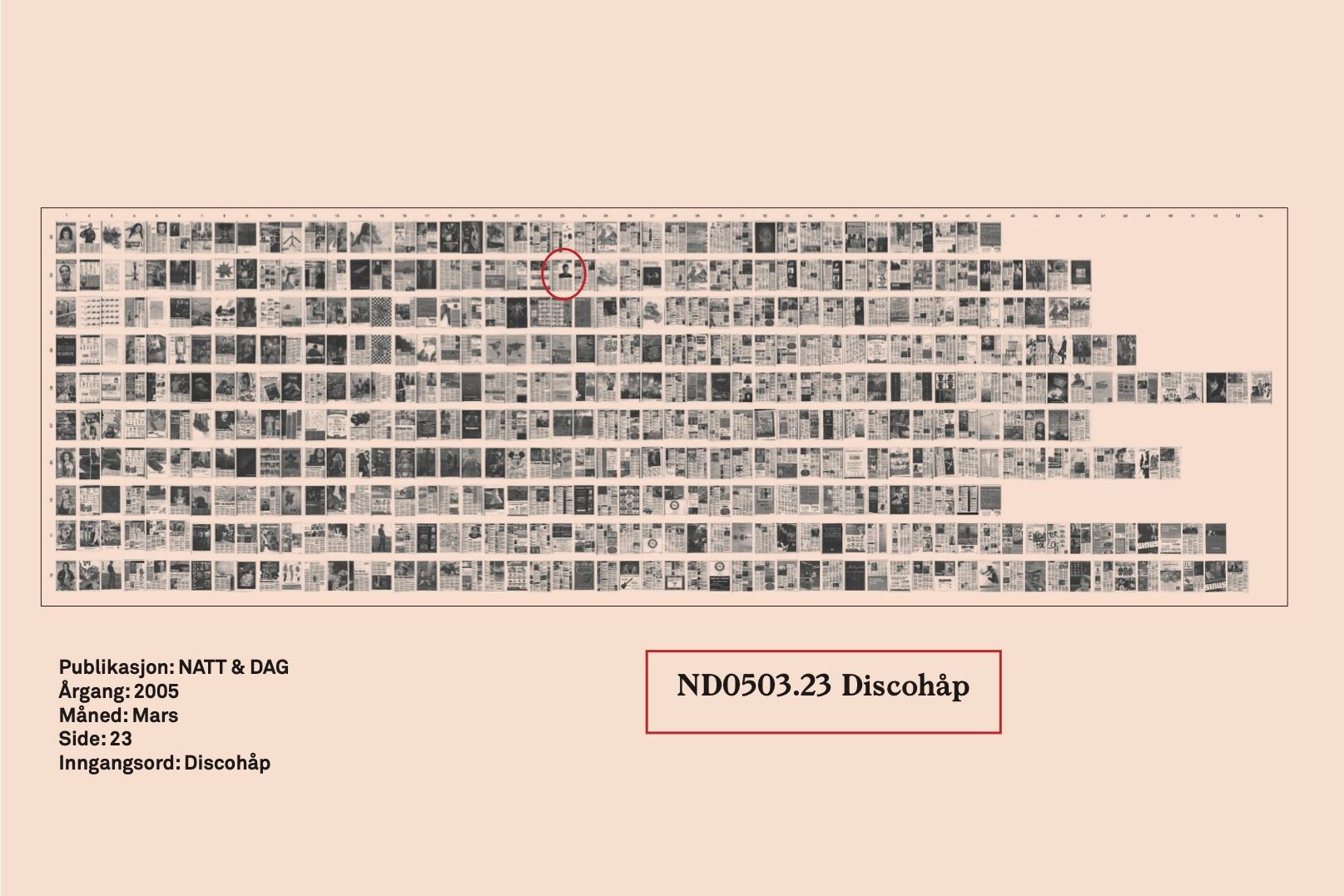
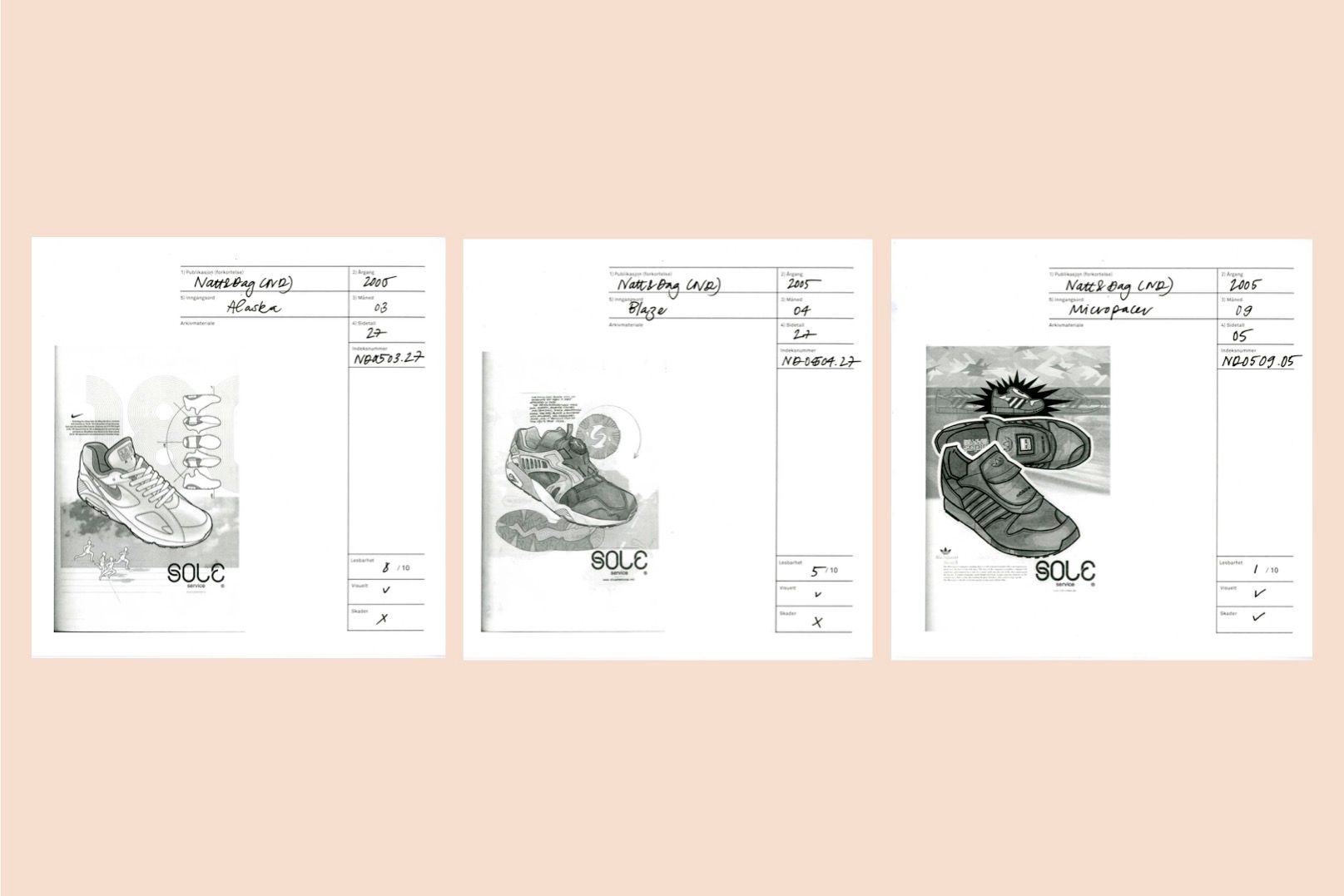
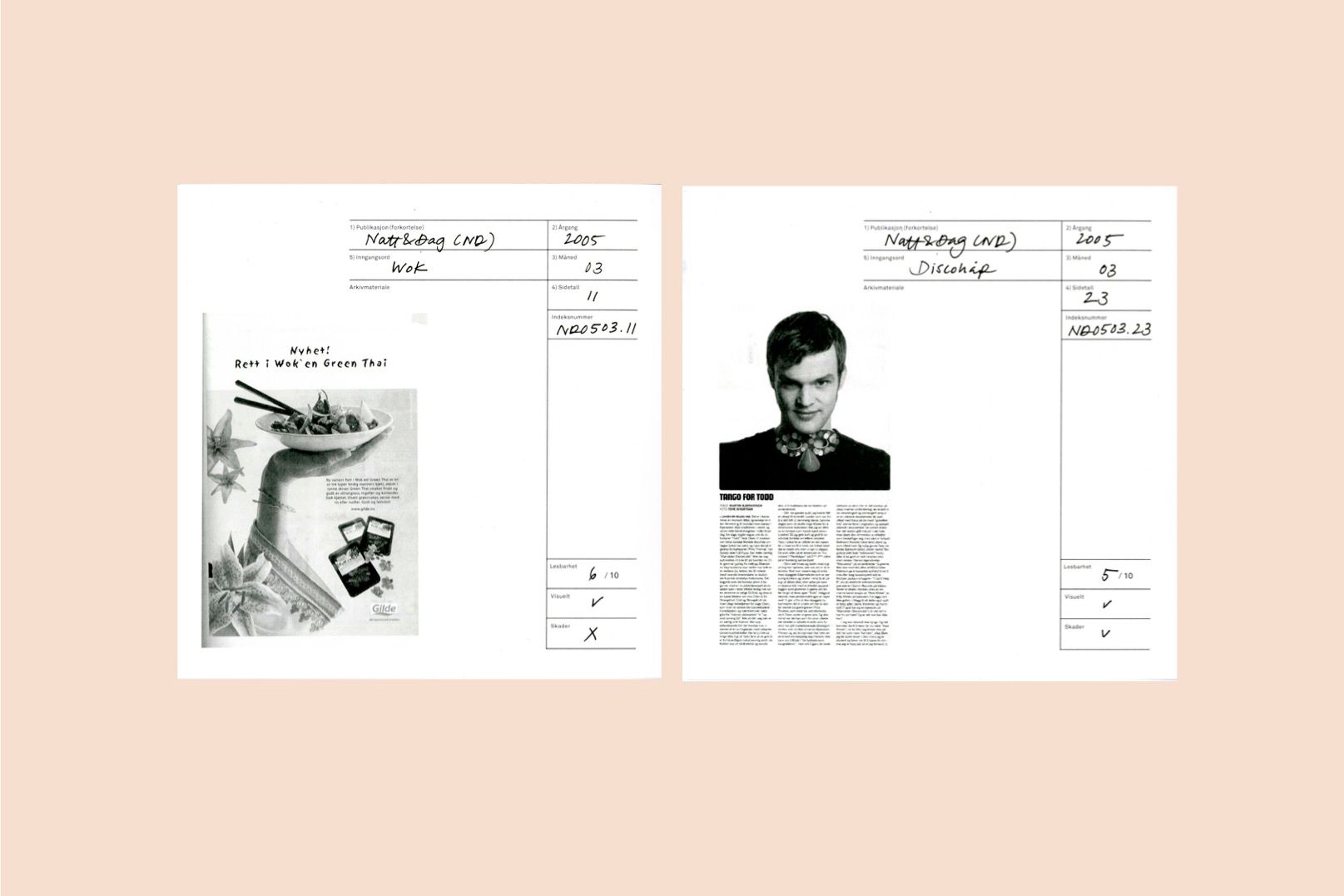


”We, in a glance, perceive three wine glasses on the table; Funes saw all the shoots, clusters, and grapes of the vine. He remembered the shapes of the clouds in the south at dawn on the 30th of April of 1882, and he could compare them in his recollection with the marbled grain in the design of a leather-bound book which he had seen only once, and with the lines in the spray which an oar raised in the Rio Negro on the eve of the battle of the Quebracho. These recollections were not simple; each visual image was linked to muscular sensations, thermal sensations, etc. He could reconstruct all his dreams, all his fancies. Two or three times he had reconstructed an entire day.”

In his seminal work ”Labyrinths” the renowned Argentinian poet, critic and short story writer Jorge Luis Borges tells the tale of Ireneo Funes, a man who is blessed (or cursed — depending on personal preferences) with a perfect memory. Funes acquires this somewhat amazing talent after falling off a horse and injuring his head badly. And it’s not just a perfect memory he is left with after the perilous fall from the stallion; he can remember everything.
The story is littered with fantastical elements, as Borges contributed greatly to the now rich latin tradition of magical realism, alongside authors such as Gabriel García Màrques. Although I find the story of Ireneo Funes riveting, I think the concept of a complete memory, is somewhat troubling, as I believe not knowing everything is what urges people to venture on daunting journeys of discovery.
I have always been curious. From an early age I trawled the local library for hours in search of secrets, and it was not unusual to find me buried in an Atlas three times as big as myself, devouring information, reading about cities with names containing almost six syllables (e.g. Ouagadougou), also — at an older age — discovering the beauty of diverse artists like Leo Tolstoy, Issey Miyake and Ed Ruscha.
I have also always been writing, either with small, scruffy pencil stubs, broken neon felt pens or chalk on the ground, or — as I grew older — on a MacBook. I have been writing for a living since I was 18, and I guess one could say that I have been, at least to some extent, intrepid. I believe that a certain sense of bravery is crucial when venturing into the world of writing. It is necessary to believe in your own work, but it is also of the outmost importance to stay humble – and realize that as a writer, you will never be complete. The 26 letters of the English alphabet (or 29, if you write in Norwegian) can always be put into a new order. That is one of the things I find enthralling about the journalism profession.
My insatiable appetite for knowledge might have been the reason for my current dual signature — journalist and designer — and the libraries and archives have for years been my preferred place for research and private pleasure. Hence, I have for a long time collected, assembled and organized a personal library of my own, now consisting of books, magazines, periodicals and other printed tidbits.
”Enriching a personal library is an impulse shared by the world’s teachers and all those who seek to pierce the world’s secrets. Every case of this enrichment consists of the infinite repetition of the preservation and juxtaposition of books to assemble ‘in parallel’ as the poet Jorge Luis Borges says, the essential or whole of all that has been said, studied and recorded–unless it is simply motivated by a desire to see just how large a collection like this could grow.” — Alberto Manguel, The Library at Night
———
My rather geeky MA project at the Academy was about archives and private collections and centered around a critique of the patriarchal power structures of cataloguing said collections. I ventured into the ephemeral landscape of paper, drawing inspiration from the Aby Warburg Institute in London, where I was allowed to come as a visiting scholar. The journey into personal memories resulted in a collaborative design exhibition and archive of a classification system of my own design, into a more feminist personal narrative.
As my archival study I chose the free newspaper NATT & DAG (a free newspaper where I started writing at the age of 15), which in many ways can be described as a graphic hybrid, with no clear visual agenda. I wanted to investigate how I could redesign the NATT & DAG archive in attempt to make the audience more curious about its nature and content.
To make my project more manageable I focused on 2005; the one year that was missing from the NATT & DAG newspaper collection (but later rediscovered, and scanned — yes, the whole thing, I am absolutely insane).
The practical project consisted of a newspaper on pink salmon newsprint (which could be hanged on the wall, hence the leporello shape) and a desconstructed archive. Based on the ideas of the highly charismatic art historian Aby Warburg and his Mnemosyne Atlas I made a series of index cards, i.e. snippets from NATT & DAG that I remember from the year of 2005.
I wanted the audience to collect the cards they attatched memories to, and — in a rather revolutionary style, well, archive wise — take them home in order to create their own personal narratives. I also made a classification system, specifically designed for NATT & DAG — based on my own personal whims and desires.
On the index cards you'll find the lettering ND, meaning NATT & DAG, and then numbers for year, month and page. I have also added a key word from the text, underlining the fact that NATT & DAG gained notoriety mainly for their word-conjuring.
My project was in many ways a critique of archives and their secretive nature, but at the same time a reminder of how necessary it is to keep some things protected in order to preserve them. To underline the fragile nature of archives I have chosen the fragile medium of newsprint, to coincide with NATT & DAG.
I named my project ”Inherent Vice”, meaning a material that is inherentely unstable, like paper, which contains acid that will slowly make the paper brittle and yellow. I thought this was a rather poetic allegory of the ephemeral qualities of archives.